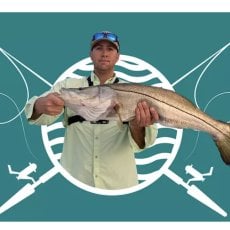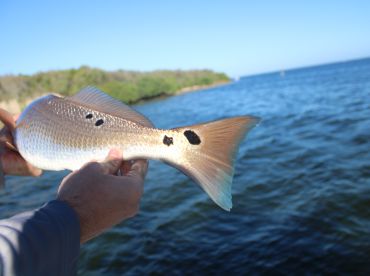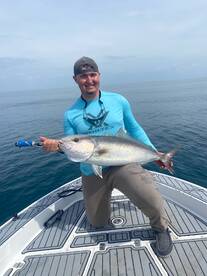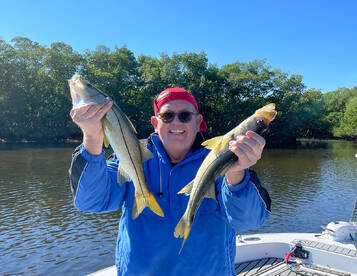Fishing With The Tides
March 16, 2021
Apollo Beach
1 photo
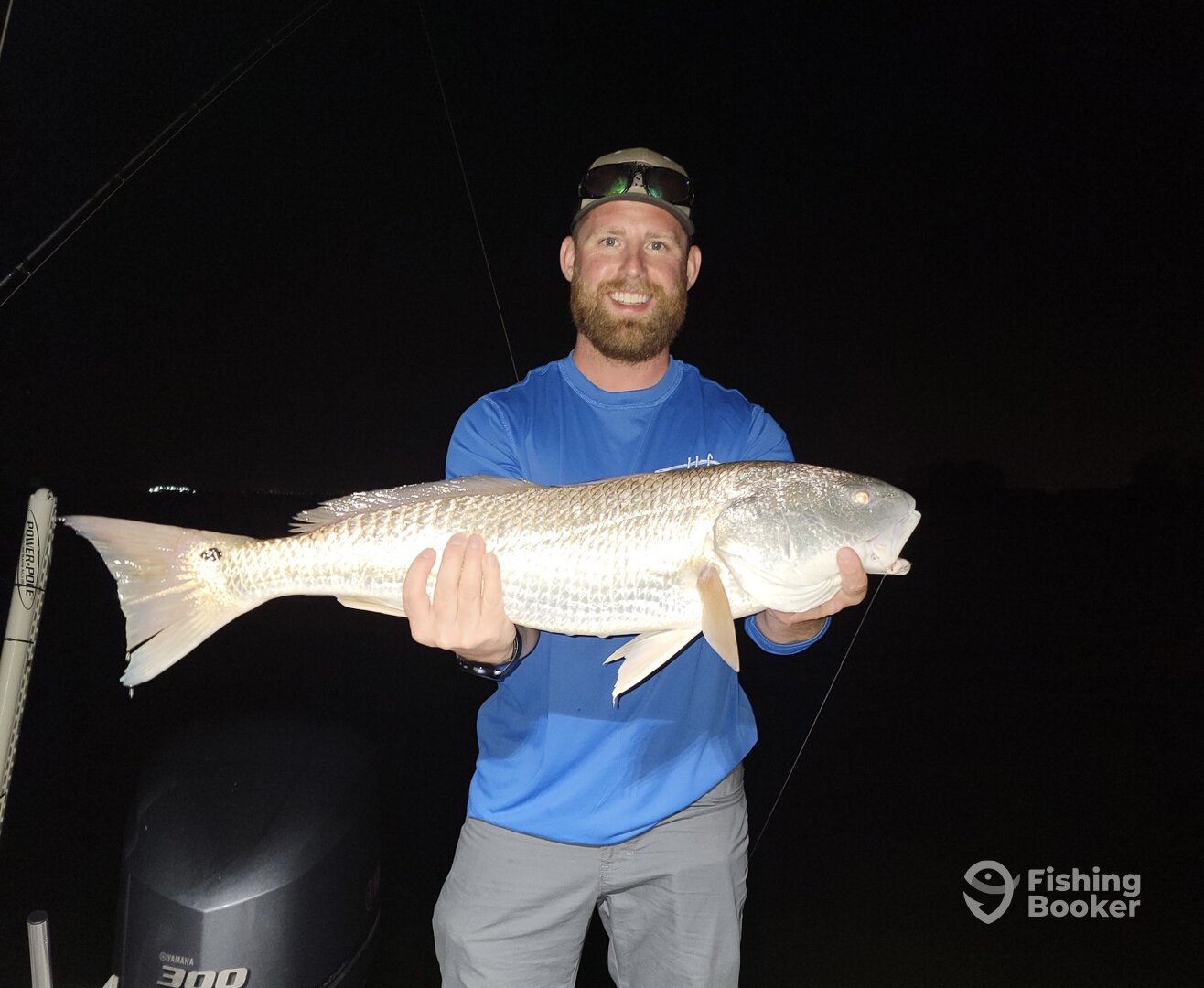
Trip Summary
Trip Summary
While Tampa Bay is known for its world class fishing year round, most people are surprised to learn that the ocean’s tides can actually affect where and when to go fishing, as well as what types of fish are biting. Knowing this information can be critical for successful fishing in Tampa Bay.
There are more to tides than just high vs. low. Knowing what a tide is can actually inform you on which fish will be biting. Ocean tides are affected by the gravitational pull of the sun, moon, and Earth. Most importantly, tides are determined by the position of the moon to the Earth. Because the Earth and the moon are constantly moving around one another, this causes a constant movement of high and low tides in our oceans. Florida’s west coast sees a high tide about twice a day year round, but the time in between these tides can vary season to season.
The sun can enhance the moon’s gravitational pull when the sun and the moon are aligned, creating higher tides than normal. These are referred to as spring tides and during the winter months in Florida, we experience four, fast moving tides a day. This quick back and forth pattern of high and low tides occurs when there is a full moon or new moon. Most game fish tend to move inshore with these high rising tides and our captains love to target Snook and Redfish for this reason.
The sun can also diminish the moon’s gravitational pull when the sun and moon are at right angles to each other. This is referred to as a neap tide and it creates lower than normal high tides. These tides occur during quarter moon phases and it causes very slow and minimal water movement. Some fish, such as Flounder, Red Snapper, and Grouper, are more easily targeted during neap tides because the lack of current helps keep your bait in the strike zone longer.
Sometimes a low tide can go so far out that it is below sea level. This is called a negative tide and, despite the name, it can actually create great fishing conditions. When the tide becomes this low, some fish end up getting stuck in bays, estuaries, and mangroves. This depression causes a natural lack of access to deeper water, so the fish in that area tend to gobble up any food they can find, including your bait. The best fish to target during these tides are Snook, Redfish, Flounder, Jack Crevalle, and Ladyfish.
